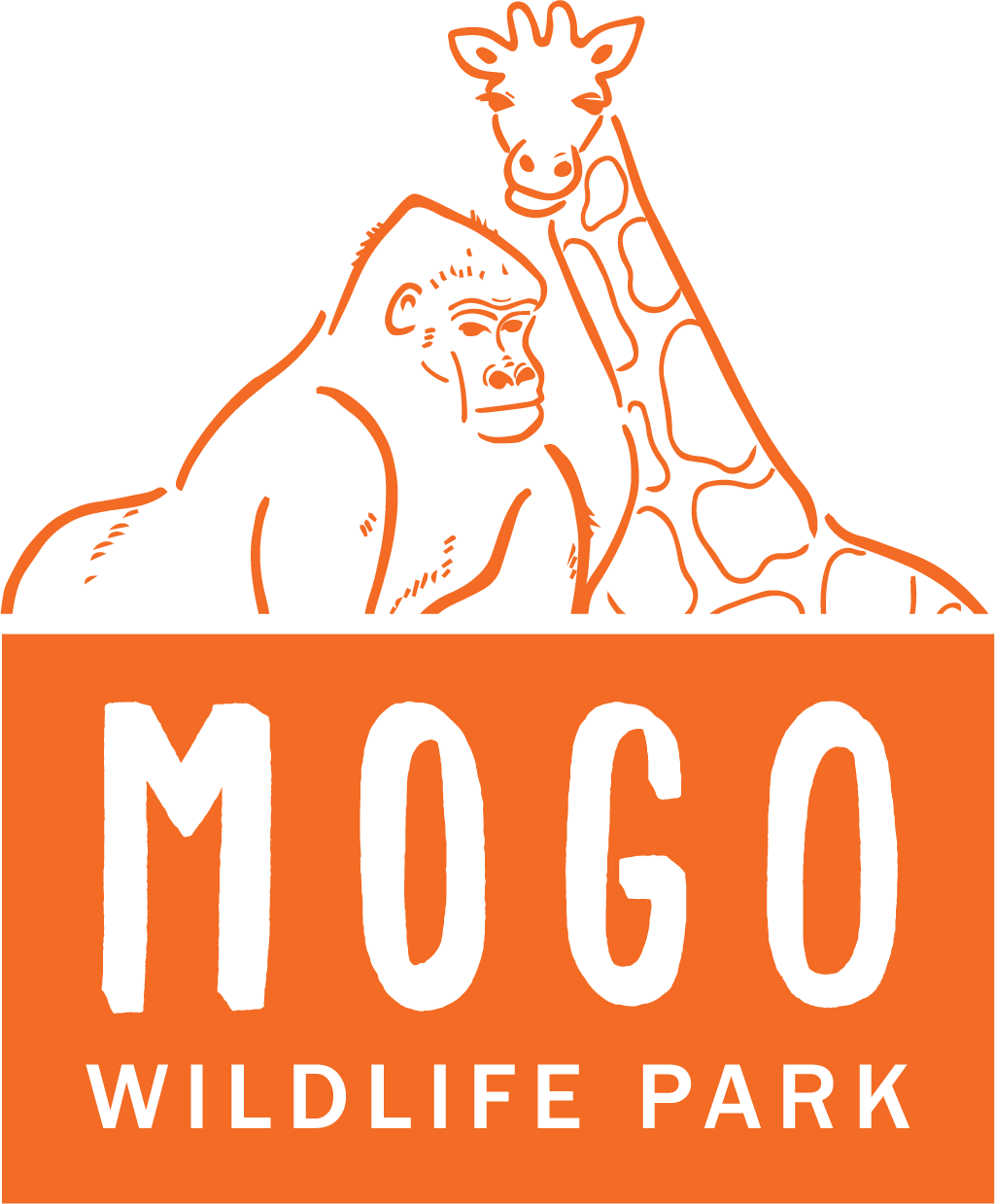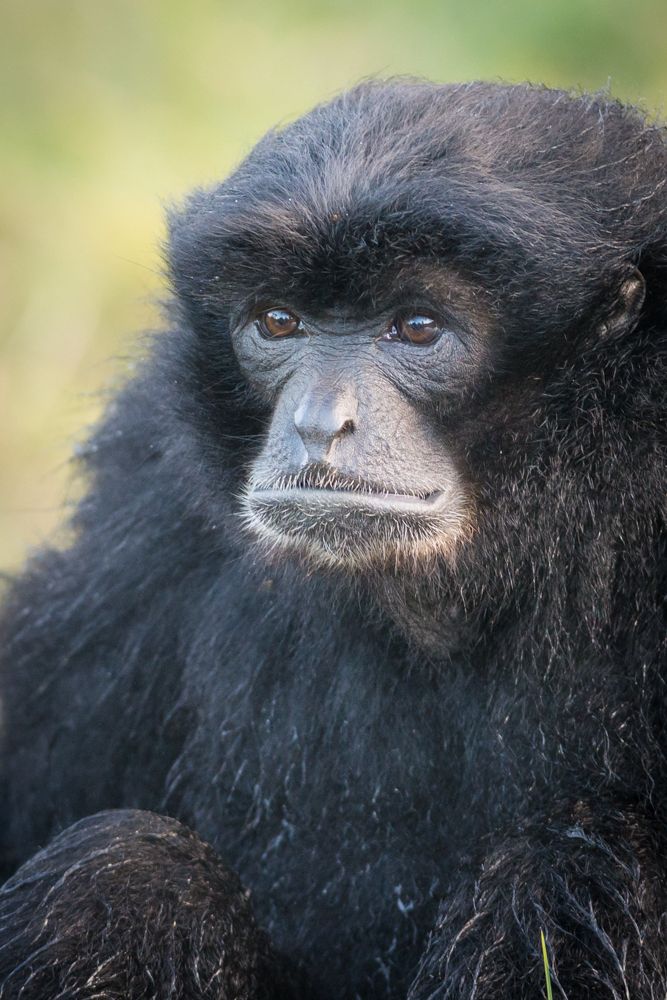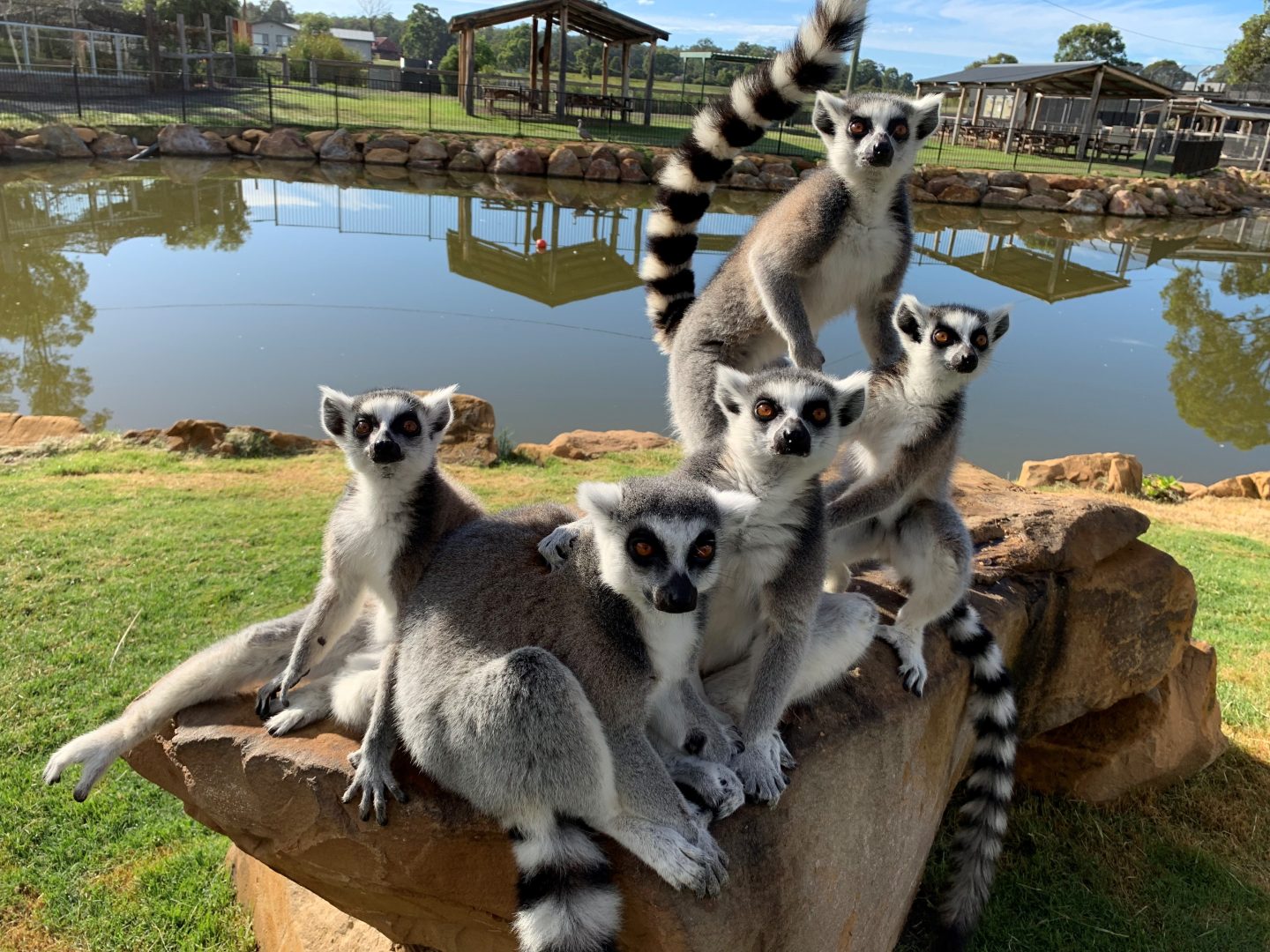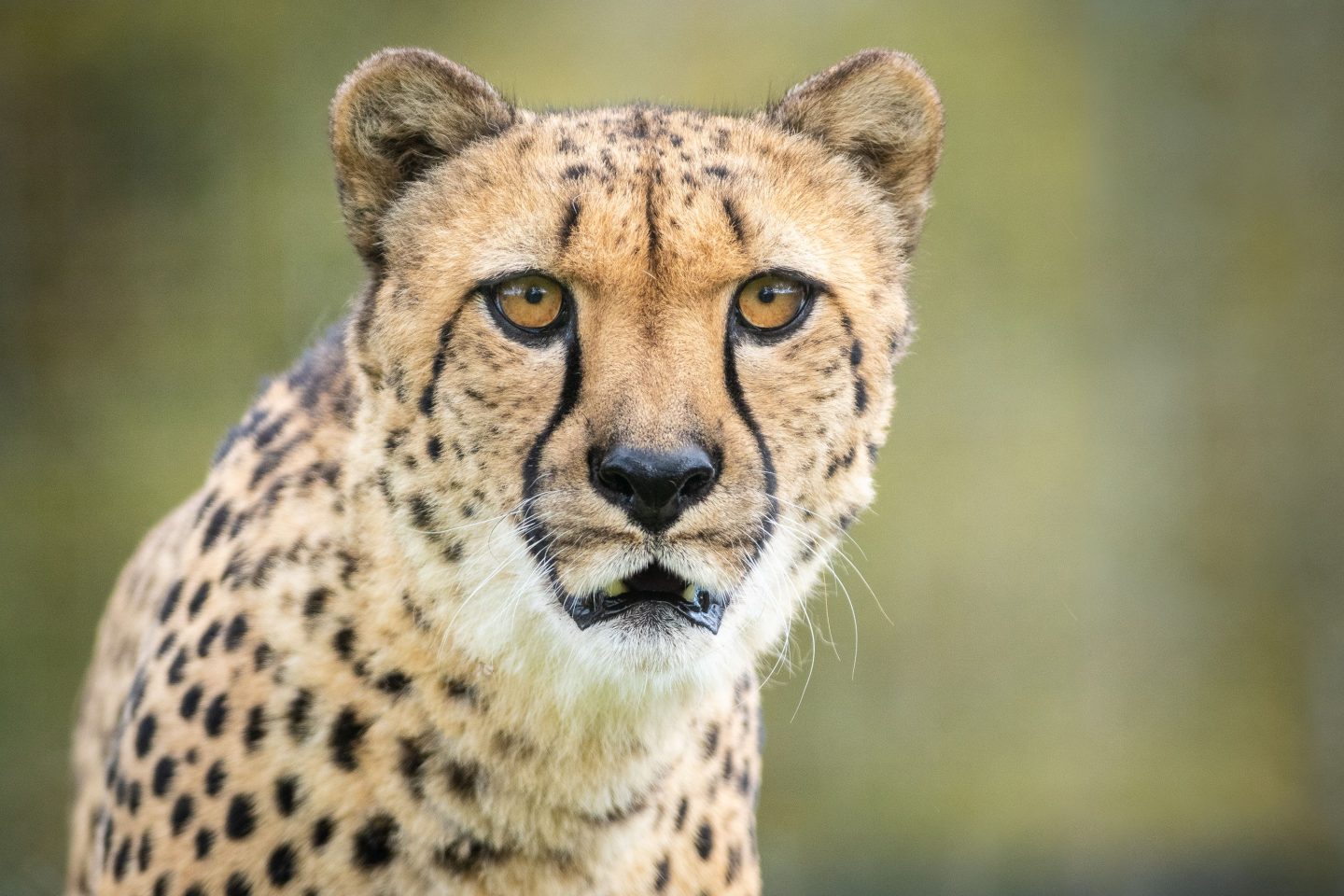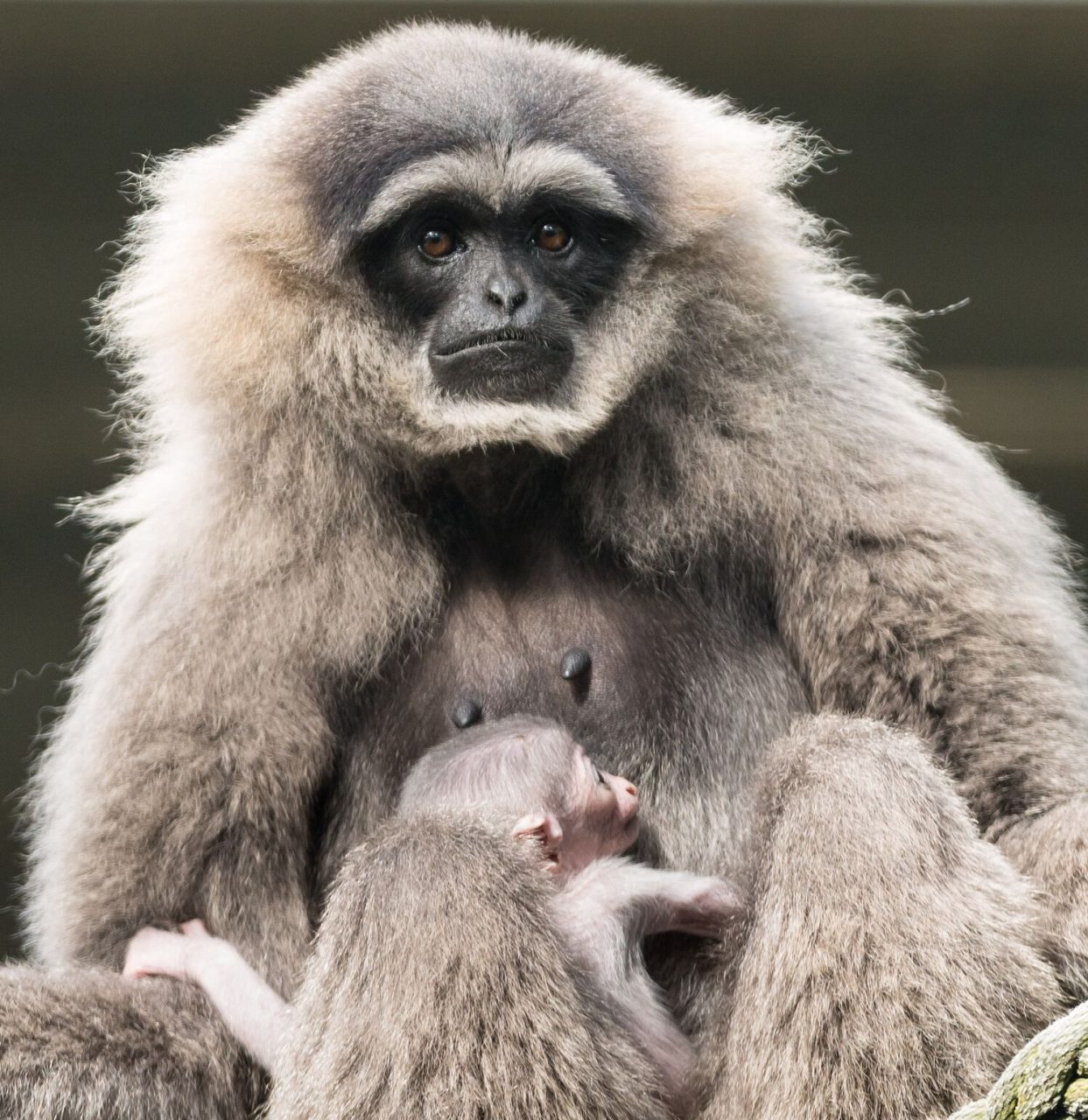SILVERY GIBBON
Hylobates moloch



Silvery Gibbons inhabit the isolated pockets of primary rainforests on the western side of Java, live in monogamous family groups consisting of the parents and up to 4 immature offspring. Silvery Gibbons are strictly arboreal and rarely descend to the forest floor.
Adaptations in their wrists and shoulders support them when brachiating through the forest canopy.
The female's loud call and song early in the morning acts to defend their territory.
Natural behavior
Silvery Gibbons live in monogamous family groups consisting of the parents and up to 4 immature offspring. They are strictly arboreal and rarely descend to the forest floor. Adaptions to their wrists and shoulders support them when brachiating through the forest canopy. The female’s loud call and song early in the morning acts to defend their territory.
Description
Body hair is grey all over with a dark hairless face with light grey eyebrows. Arms and fingers are long with reduced thumbs.
Distribution
Fragmented populations in the western half of Java
Diet
Mainly frugivorous, they also eat leaves, flowers, nuts and insects.
Reproduction
A single offspring is born after a gestation period of 210 days. Birth interval is 2-3 years. Sexual maturity is reached between 5-7years. Average lifespan in the wild is 35 years. Gibbons in captivity can live up to 50 years.
Social structure
Social, living in family units of up to 6 individuals. Groups consist of a dominant male and female breeding pair and their immature offspring.
Threats
The biggest threat to the survival of Silvery Gibbons is habitat loss and human encroachment. Less than 4% of their original habitat exists and is still on the decline. The illegal pet trade and poaching is another ongoing threat.
Silvery Gibbons are a seriously endangered species , Mogo Zoo is proud to be one of a handful of institutions who, under the watchful eye of a globally run Breeding Program has managed to produce offspring. We support the 'Silvery Gibbon Project' based at Perth Zoo in an effort to rescue and rehabilitate Silvery Gibbons on the island of Java.
ANIMAL FACTS
SILVERY GIBBON
GROUP NAME
Troup
Native To
Asia
SIZE
Silvery Gibbons weigh between 5-9 kgs and grow to 44-64 cm
BABY NAME
Infant
Habitat
Silvery Gibbons inhabit the isolated pockets of primary rainforests on the western side of Java

Did You Know?
Silvery Gibbons can move up to 7m in one swing!
MEET OUR
ANIMAL FAMILY

stay in touch with Your Australian wildlife parks family
Stay up-to-date and subscribe to our newsletters
Your information is only utilised by Australian Wildlife Parks. For more information see our privacy policy.
Read our Ticket Terms and Conditions of Entry for all Australian Wildlife Parks here
MOGO Wildlife Park acknowledges Aboriginal people as the traditional custodians of the land on which our offices and operations are located, and we pay our respects to Elders past, pres ent and future.
© 2019-2024 Australian Wildlife Parks • Privacy Policy • Disclaimer
